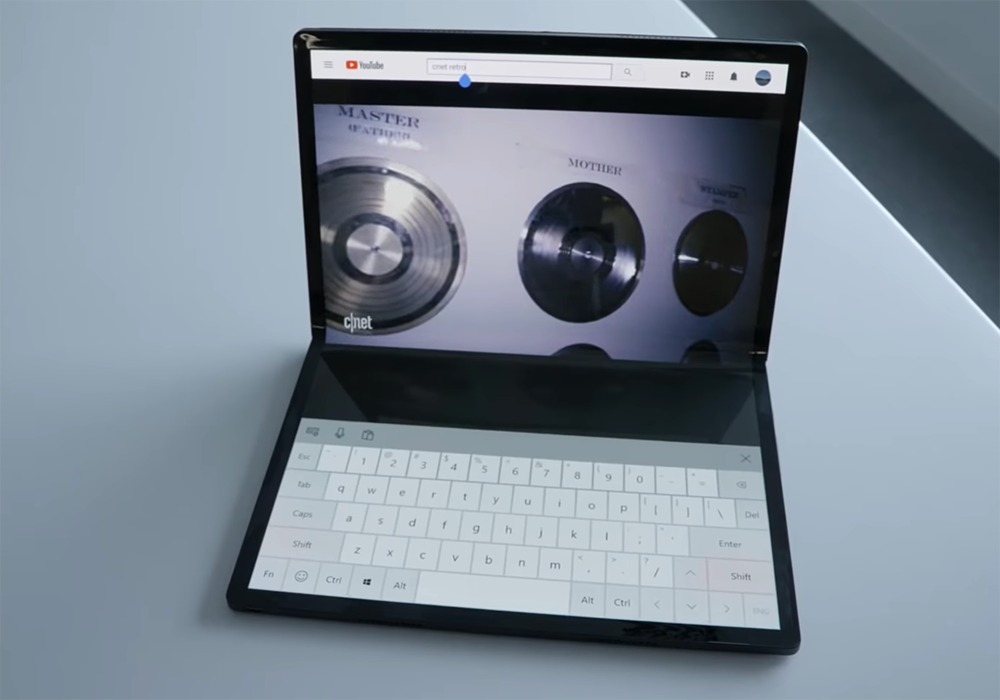If you’re looking for an affordable smartphone in the United States, then Coolpad is one of the brands that you’ll likely come across. The company is well known as an entry-level brand, but last year, they pivoted to become a more family-oriented brand with products like the Dyno smartwatch and FamilyLabs application. While major smartphone brands heavily market their high-end (and expensive) 5G devices, Coolpad aims to democratize 5G access by bringing a 5G device below the $400 price point. At CES 2020, the company announced a family of Legacy 5G devices, starting with the Coolpad Legacy 5G. It’s the first 5G smartphone from Coolpad, and it’s likely the cheapest 5G smartphone coming to the U.S.

Coolpad caught our attention when they announced that they were making a 5G smartphone for under $400, but they grabbed our interest when they shared the full specifications of the device with us. When the device launches this year, it’ll bring a 6.53″ FHD+ LCD, the Qualcomm Snapdragon 765, 4GB of RAM, 64GB of UFS 2.1 storage, a microSD card slot for expandable storage, a 3.5mm headphone jack, a 4000mAh battery, a 48MP primary camera, and Android 10. These specifications place the Coolpad Legacy 5G in the upper tier of mid-range devices in the U.S. market. At least on paper, the Coolpad Legacy 5G should be the best performing mid-range phone in the U.S.; the only other mid-range smartphone with a Snapdragon 7 series chipset in the U.S. is the Motorola razr, a foldable phone that costs nearly 4 times as much as the Coolpad Legacy.
Sure, when compared to the Google Pixel 3a, the Coolpad Legacy 5G lacks NFC, an AMOLED display, comparable camera processing, and guaranteed updates. What’s most important about the device, though, is the fact that it supports sub-6GHz 5G networks like T-Mobile and AT&T, thanks to the integrated Snapdragon X52 modem in the Snapdragon 765. Sub-6GHz frequencies don’t provide as high throughput or as low latency as mmWave frequencies, but sub-6GHz connections are more reliable and have far better range, which is why these frequencies form the backbone of 5G networks across the U.S.




Coolpad Legacy 5G Specifications
| Specification | Coolpad Legacy 5G |
|---|---|
| Dimensions and Weight (Not Final) |
|
| Display |
|
| CPU and GPU | Qualcomm Snapdragon 765:
Adreno 620 |
| RAM and Storage | 4GB + 64GB UFS 2.1; Expandable through microSD card slot (up to 128GB) |
| Battery and Charging |
|
| Rear Camera |
|
| Front Camera | 16MP, fixed focus |
| Software | Android 10, monthly security patches, no commitment yet for major OS upgrades |
| Connectivity |
|
| Audio |
|
| Security |
|
The specification sheet paints the Coolpad Legacy 5G as an excellent mid-range smartphone made even better with its support for sub-6GHz 5G and a sub-$400 price tag. While other 5G phones in the U.S. are near $1,000, this device is less than half that. Only the upcoming TCL 10 5G is comparable in price, though that device is still at least $100 more expensive. We’ll have to test the Coolpad Legacy 5G for ourselves to see if the device actually provides a good experience beyond what the specification sheet can tell us.
The Legacy 5G will be available for purchase through Amazon, Coolpad’s website, and in retail outlets across the USA in Q2 of 2020.
The post Coolpad’s 5G phone costs under $400 and packs impressive hardware appeared first on xda-developers.
from xda-developers https://ift.tt/37KuYDK
via IFTTT







 The OmniVision OV48C is a 48MP image sensor with a large 1.2 micron pixel size. This makes it atypically large as all the other 48MP image sensors have a 0.8 micron pixel size. The higher pixel size is because the sensor is physically bigger. It has a 1/1.3″ sensor size, whereas the IMX586 and the Samsung GM1/GM2 have a 1/2″ sensor size. The 1/1.3″ sensor size is one of the largest for any smartphone image sensor, and it’s only smaller than the 2012 Nokia 808 PureView’s 1/1.2″ image sensor. The 64MP Samsung GW1 has a 1/1.7″ sensor size, which is still smaller than the OmniVision OV48C’s sensor. OmniVision states that this enables high resolution and excellent low light performance for flagship smartphone cameras.
The OmniVision OV48C is a 48MP image sensor with a large 1.2 micron pixel size. This makes it atypically large as all the other 48MP image sensors have a 0.8 micron pixel size. The higher pixel size is because the sensor is physically bigger. It has a 1/1.3″ sensor size, whereas the IMX586 and the Samsung GM1/GM2 have a 1/2″ sensor size. The 1/1.3″ sensor size is one of the largest for any smartphone image sensor, and it’s only smaller than the 2012 Nokia 808 PureView’s 1/1.2″ image sensor. The 64MP Samsung GW1 has a 1/1.7″ sensor size, which is still smaller than the OmniVision OV48C’s sensor. OmniVision states that this enables high resolution and excellent low light performance for flagship smartphone cameras.